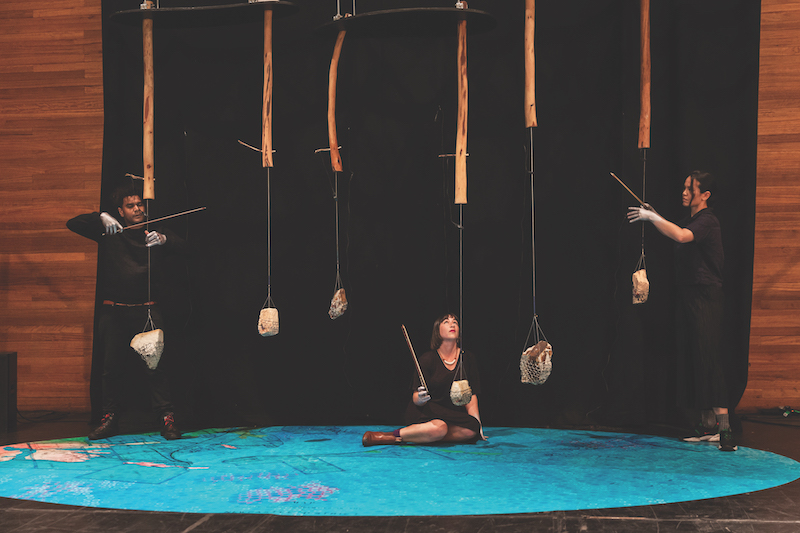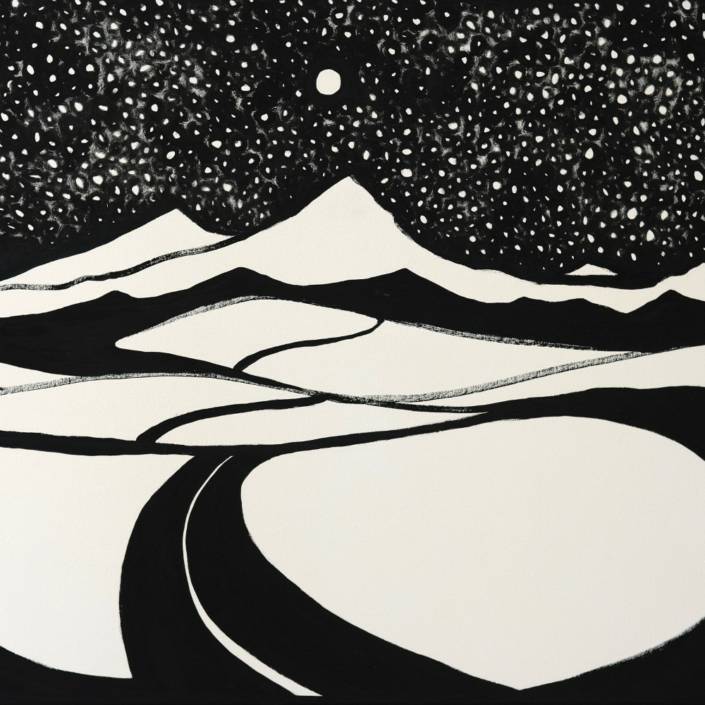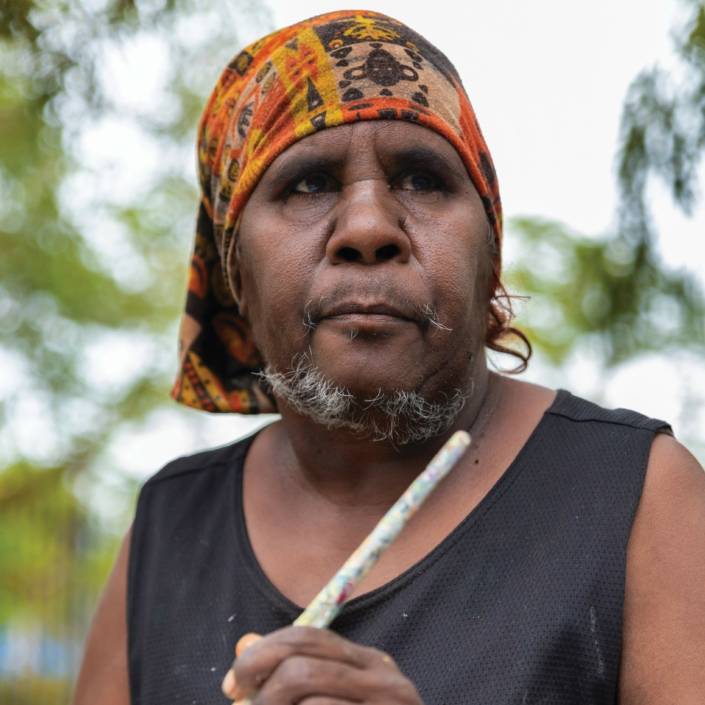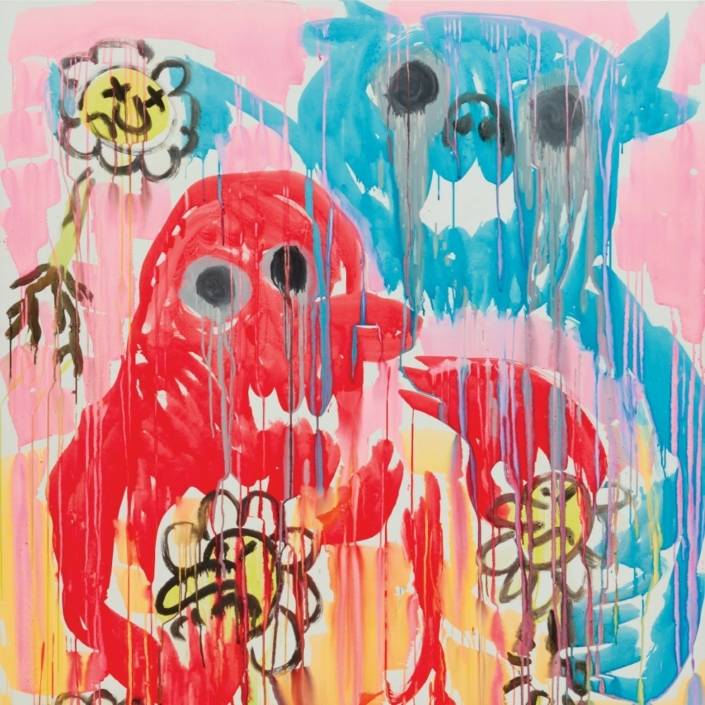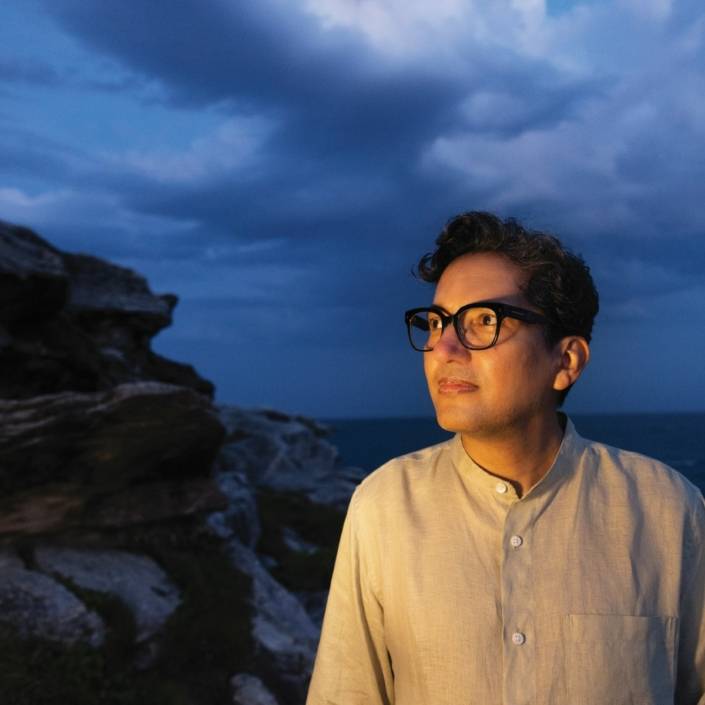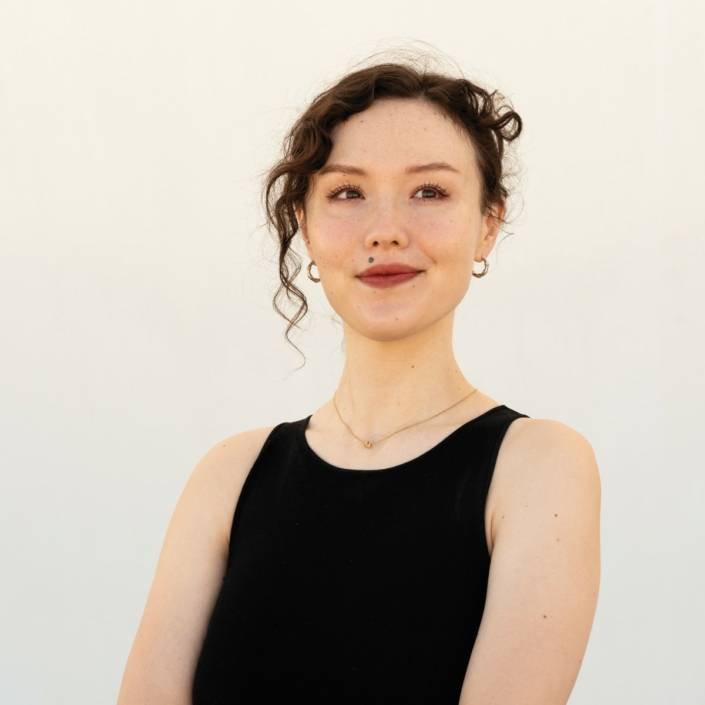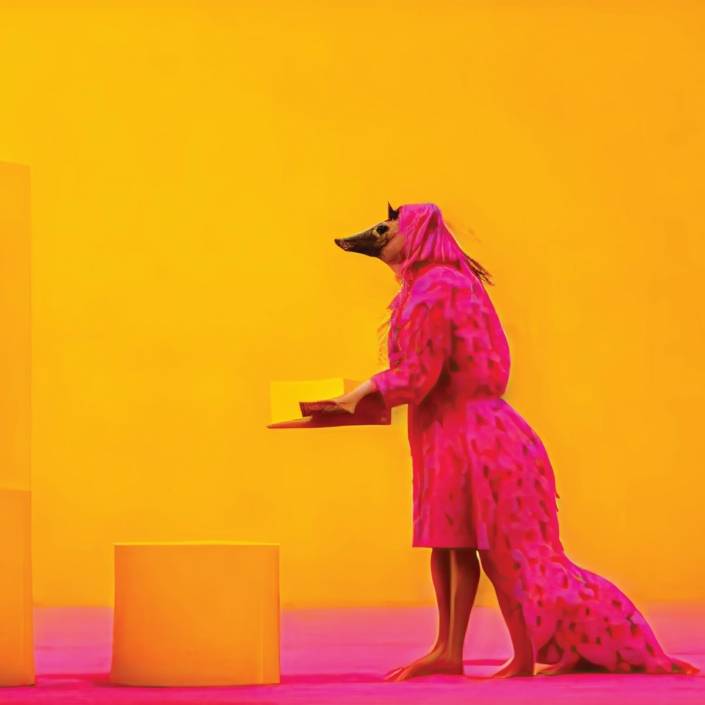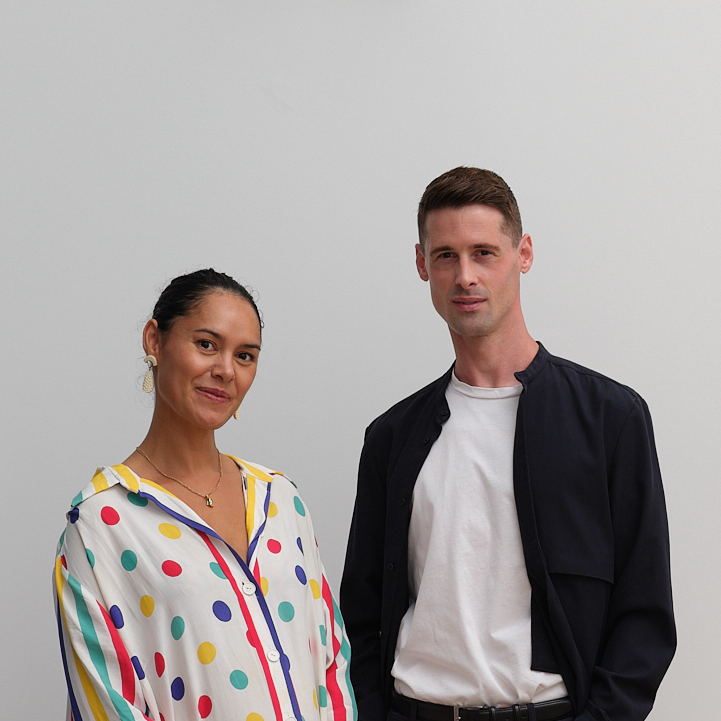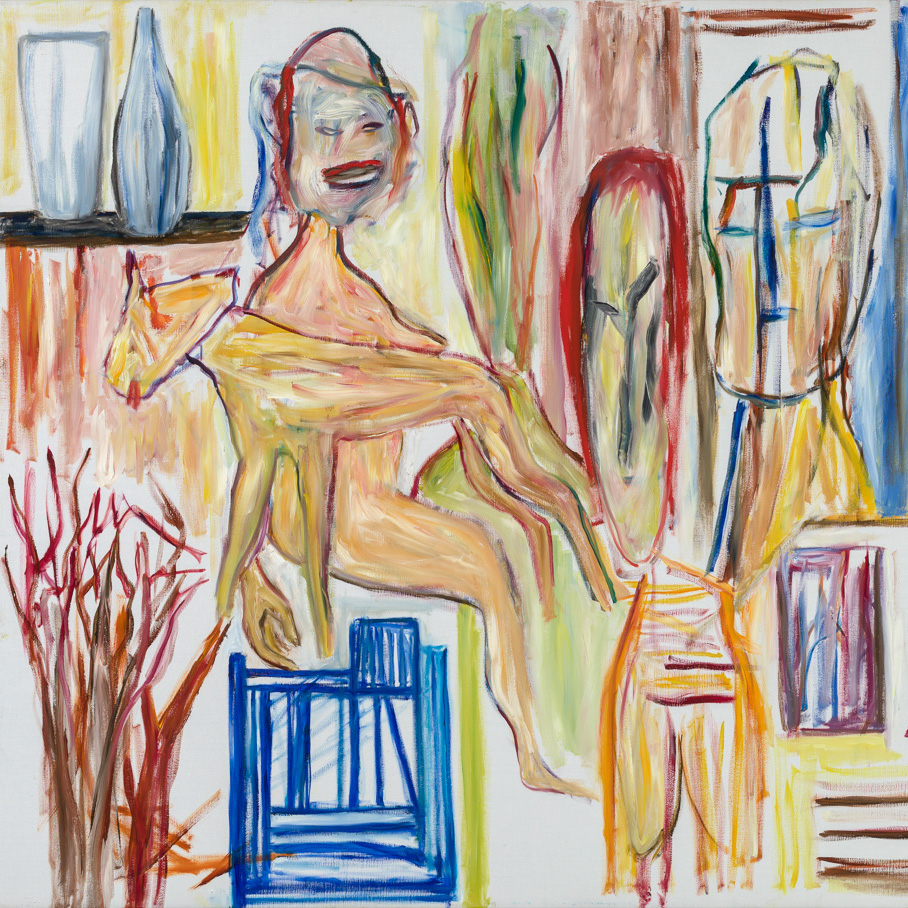Curator’s Radar: Megan Cope
The critical significance of Cope’s practice, both to contemporary art and to the broader culture, is undeniable; its conceptual currency in the present climate of reactionary nationalistic sentiment cannot be underestimated.
Words: Carrie Miller
There is perhaps no more significant historical event through which national identity gathers its cultural meanings as war – the spectre of it, the theatre of it, the memory of it. One way Australia captures how war shapes our identity is through the War Memorial’s commission of an official war artist. As an Aboriginal woman whose practice interrogates the historical, political and social construction of national identity in the context of colonised land, Megan Cope was the perfect choice for this role. In late 2017, Cope travelled throughout the Middle East, accompanying various defence units supporting the country’s contribution to international efforts in the region. Cope was particularly inspired by a 10-hour flight she took over the Persian Gulf, which allowed her to observe the Air Force’s technical use of military maps symbolic aviation language.
The resulting body of work, Flight or fight, represents a significant development in Cope’s broader project of mapping the colonised landscape in order to expose the ongoing marginalisation of Indigenous identities and to subvert prescribed notions of Aboriginality. What Cope’s practice ultimately reveals is the ways conceptions of nationhood are ideologically constructed for the purposes of reproducing and reinforcing the systemic oppression of Aboriginal people.
The critical significance of Cope’s practice, both to contemporary art and to the broader culture, is undeniable; its conceptual currency in the present climate of reactionary nationalistic sentiment cannot be underestimated. Cope’s large-scale sculptural installations have been curated into a number of major institutional survey exhibitions, including The National at the Art Gallery of New South Wales (2017), Defying Empire: 3rd National Indigenous Art Triennial at the National Gallery of Australia (2017), and Water, currently on show at the Queensland Art Gallery/Gallery of Modern Art. She is a previous winner of the Western Australian Indigenous Art Award and is represented in a number of public collections, including the National Gallery of Australia. Cope is represented by THIS IS NO FANTASY, Melbourne.
This article was originally published in Art Collector issue 91, January-March 2020.

